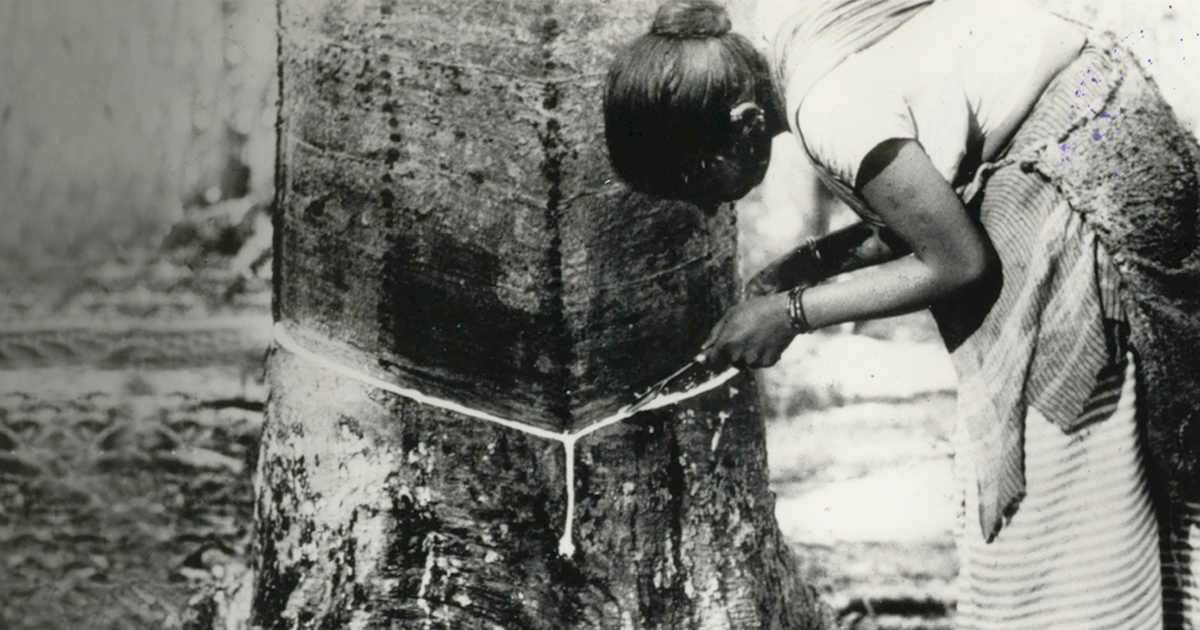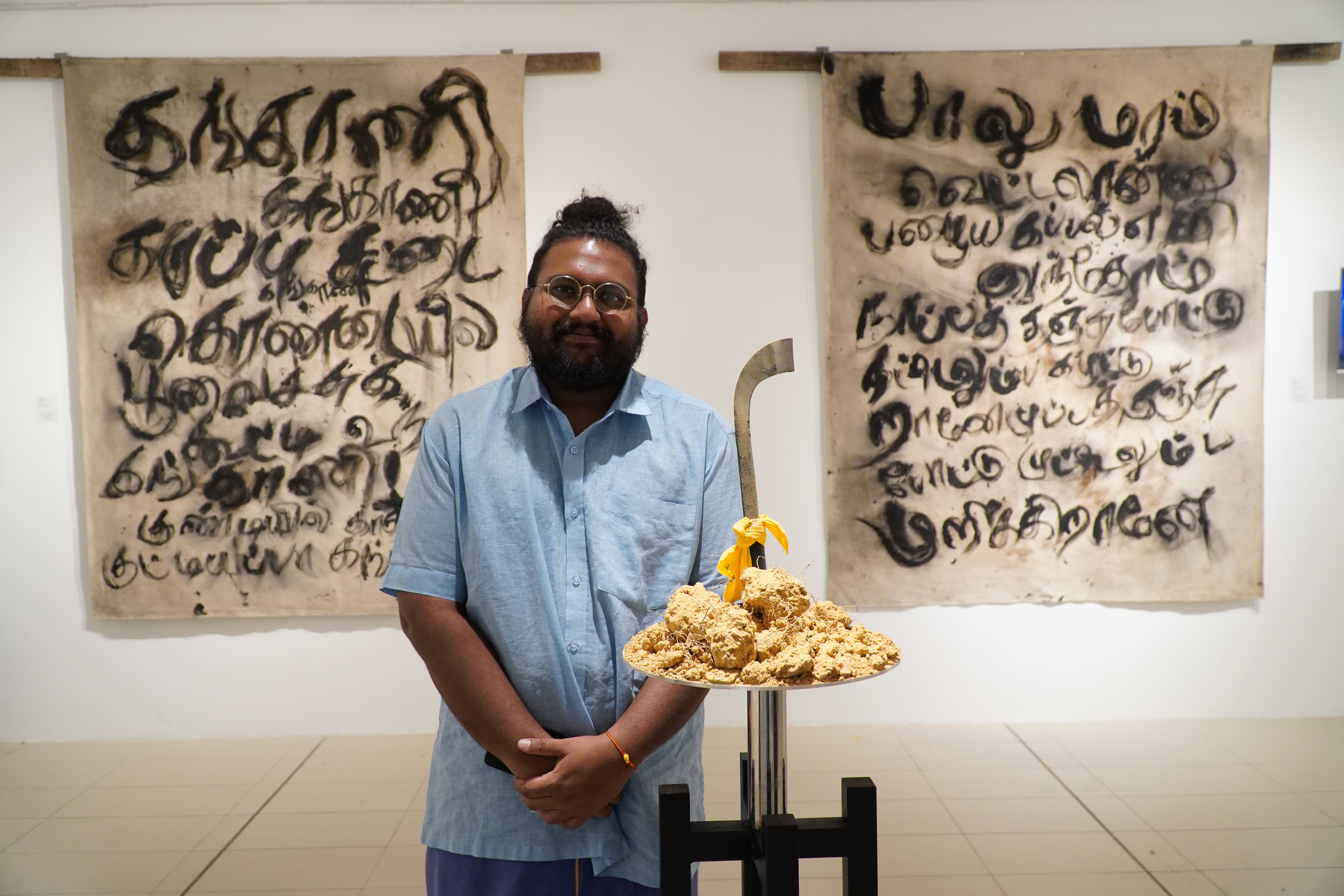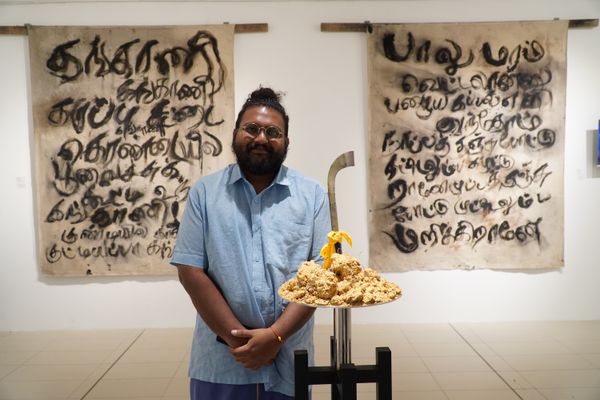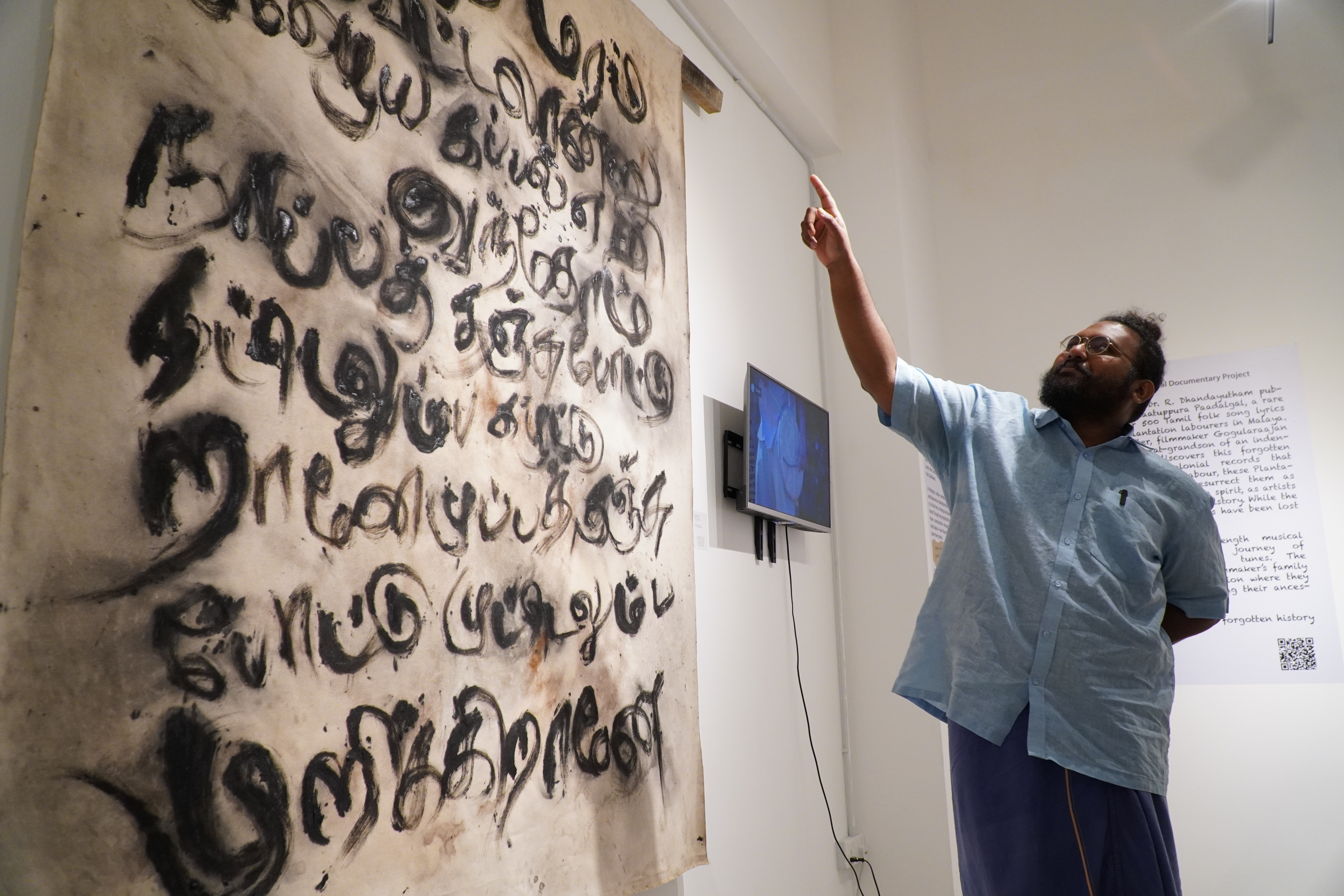SHAH ALAM, Sept 18 — In a quiet rubber plantation, Tamil labourers once wove songs into their daily lives.
More than entertainment, these folk tunes were a relief from fatigue, a balm for their longing for home, and a companion for their loneliness as they tapped endless rubber trees.
In simple lyrics, they expressed it all — suffocating hunger, long-distance lovers, grief of loss, digs at plantation foremen, and longing for their hometowns.
These songs are oral diaries, a record of tales rarely told in history books, and like most oral traditions, these voices are slowly disappearing.
The younger generation who make it out of the estates are increasingly estranged from the culture, and the folk songs were almost extinct, until a young man stepped forward to revive them.
Gogularaajan Rajendran, a Universiti Malaya architecture graduate who brought the short film Walay Balay to Cannes, chose a different path this time.
He is producing a music documentary, named Aararo Aariraro, in tribute to a gentle Tamil lullaby.
“This project isn’t just a film; it’s an effort to revive the history and suffering of estate labourers who form a large part of the Tamil community in Malaysia,” he said.

This documentary doesn’t feature professional singers, however. Gogularaajan has enlisted former estate workers to sing these folk tunes.
They will be trained by a folk music artist from Thanjavur in Tamil Nadu, India, and the melodies that echoed in the estates decades ago will be brought back to life.
The undertones of the documentary aren’t conventional, either. The sounds of the estates make up the background music for the folk songs, in a copy of life back then.
“In this documentary, the music is just an accompaniment. Its main soul is the singers’ voices; voices that were forgotten, given space to live again,” Gogularaajan said.
The inspiration for this project comes from a collection by the late Prof R. Dhandayudham, a former Universiti Malaya lecturer, who gathered over 500 estate folk songs throughout his life.
From that trove, Gogularaajan chose 15 songs for his 90-minute documentary.

Filming for the documentary will be done in historic locations such as Pulau Carey, Ladang Brooklands, Ladang Sungai Sedu in Kuala Langat, and Ladang Kerling in Hulu Selangor.
Gogularaajan said each location isn’t just a background, but a site of memories of Tamil estate labourers’ laments and singing.
This project is produced by Om Sakthi Films, a company owned by Gogularaajan’s brother, Kumanavannan.
From the RM120,000 needed to produce this documentary, Gogularaajan collected RM80,000 by crowdfunding.
Several organisations also lent their support, including the Krishen Jit Foundation, University of Toronto, Yayasan Kannadasan, MySkill, MyCreative Ventures, dan Mahsa Group.
Filming is set to start at the end of this month, with post-production expected to be done by next March.
Aararo Aariraro will be brought to international film festivals before being uploaded to YouTube for free viewing.
“My hope is simple: for generations to come not to forget these voices, because in this singing there is our history, dignity, and soul,” Gogularaajan said.


